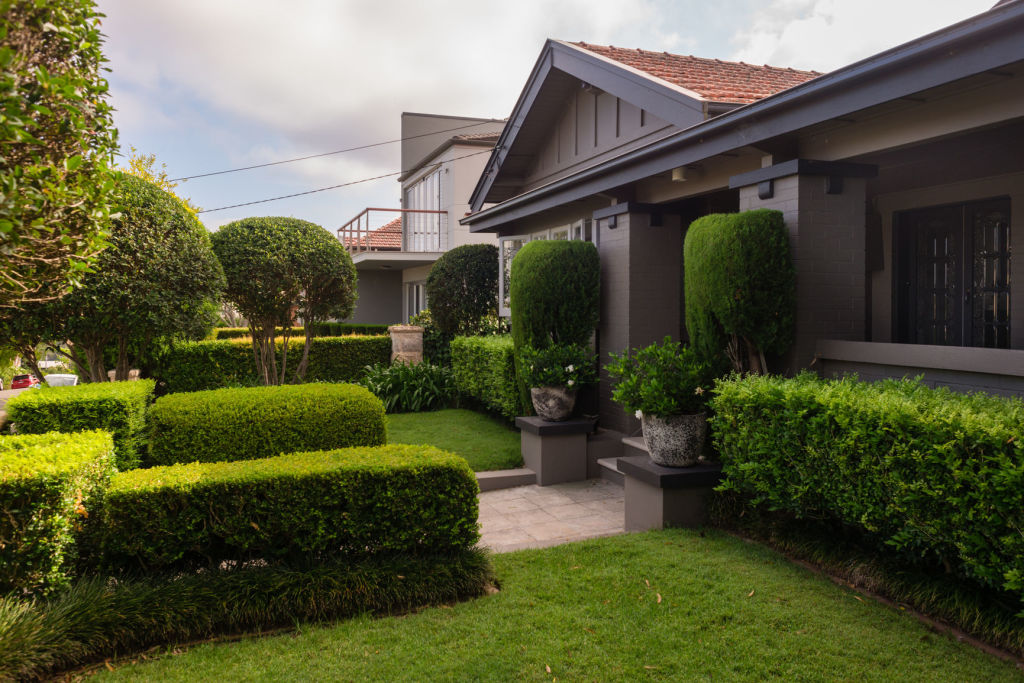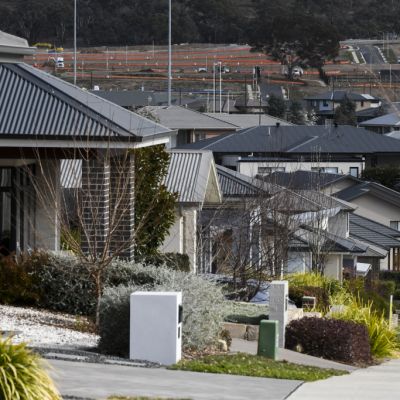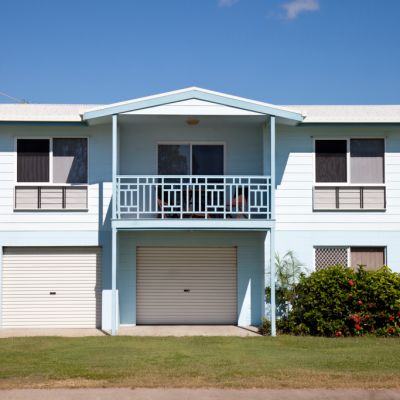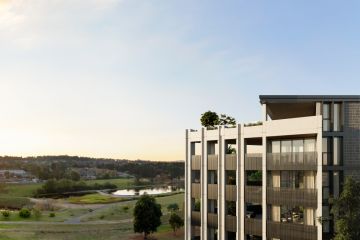More properties likely to sell at a loss as mortgage holidays end: report

The proportion of loss-making property sales is expected to rise in the coming months after lifting only marginally in the June quarter as the coronavirus pandemic hit, new research shows.
While the housing market has so far been insulated by a sharp drop in the total number of transactions and mortgage holidays offered by banks, a looming end to support from lenders may force more investors to sell at a loss.
Some 12.8 per cent of properties sold at a loss in the three months to June, edging up from 12.3 per cent in the March quarter, the latest CoreLogic Pain and Gain report released on Tuesday found.
This is the highest level since August 2019, when the housing market was recovering from a downturn that had been sparked by a clampdown on lending to investors and risky borrowers.
It is also higher than the five-year average for loss-making sales, at 9.8 per cent.
Many buyers and sellers also paused their plans during the early days of the crisis, with a 28.2 per cent drop in the number of resales analysed in the report compared to the previous quarter.
And sellers who owned their home for longer generally made a bigger profit.
“The nature of housing as an asset means that while the trajectory in loss-making sales has changed over time, these changes tend to happen slowly,” the report said.
“Between March and August, national property values only declined about 2 per cent, and a strong upswing in national property values between mid-2019 and early 2020 – prior to COVID-19 – will have insulated many home owners from making a loss.”
But since June, some lenders had said distressed borrowers, particularly investors, should sell their properties before mortgage holidays ended, the report said.
“This could see an increase in loss-making sales over the following two quarters, particularly in more high-risk, investor-concentrated markets.”
Sellers were most likely to record a loss in the resources-hit capital city markets, with 52.1 per cent of sales in Darwin in the June quarter transacting at a loss, and 36.2 per cent in Perth.
In Brisbane, 14.3 per cent of sales were at a loss, and 12.8 per cent in the ACT due to a weaker unit market in the national capital.
Sellers were least likely to make a loss in Hobart (3.2 per cent), Melbourne (6.9 per cent), Sydney (8.8 per cent) and Adelaide (9.2 per cent).
Mining regions also recorded high proportions of losses, at 40.3 per cent in Mackay and 47.2 per cent in northern outback WA – although this was the first time a majority of resales there had made a profit since July 2016.
The research also found owning a property for a longer period was generally associated with selling for a greater gain.
Apartment sellers were more likely to transact at a loss than house sellers in the quarter, with 20.7 per cent of unit sales at a loss compared to 10.4 per cent for houses.
This was likely due to the high volume of new units built since 2013, the report said, warning that this segment was “particularly susceptible” to continued falls in profitability as more supply came online in a time of low demand.
Investors were also more likely to sell at a loss (18 per cent) than home owners (11.1 per cent), and the report warned more loss-making sales were likely among investors as banks encouraged some investors to sell before mortgage holidays ended.
In the largest cities, the proportion of loss-making sales varied by region.
Sydney sellers were most likely to make a loss in the Botany Bay council area (18.8 per cent), Parramatta (16.5 per cent) and Ryde (16 per cent).
In Melbourne, the inner-city Melbourne city council region recorded 37.5 per cent of sales at a loss.
We recommend
We thought you might like
States
Capital Cities
Capital Cities - Rentals
Popular Areas
Allhomes
More










